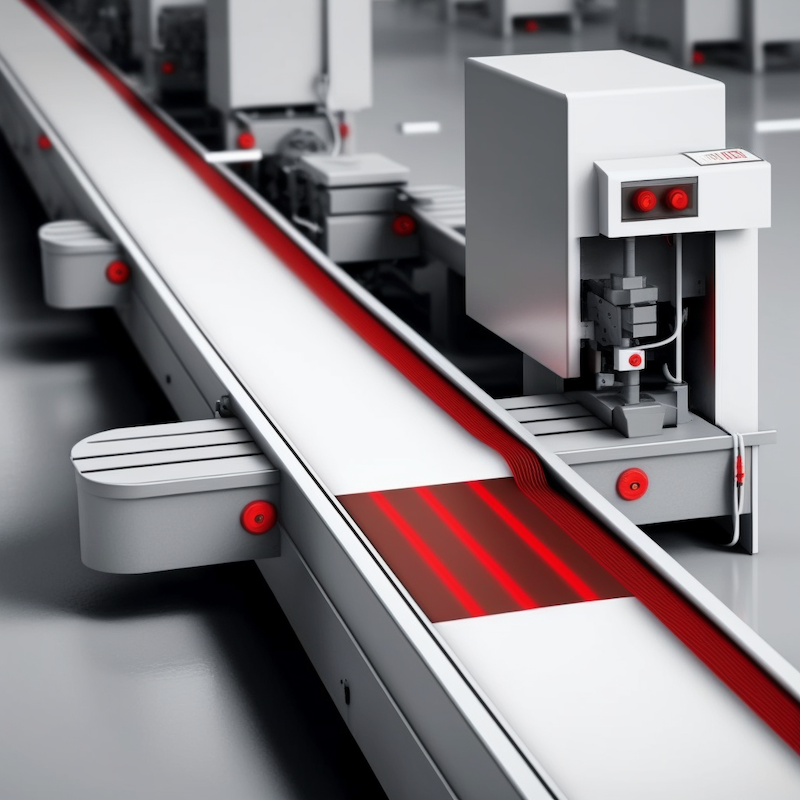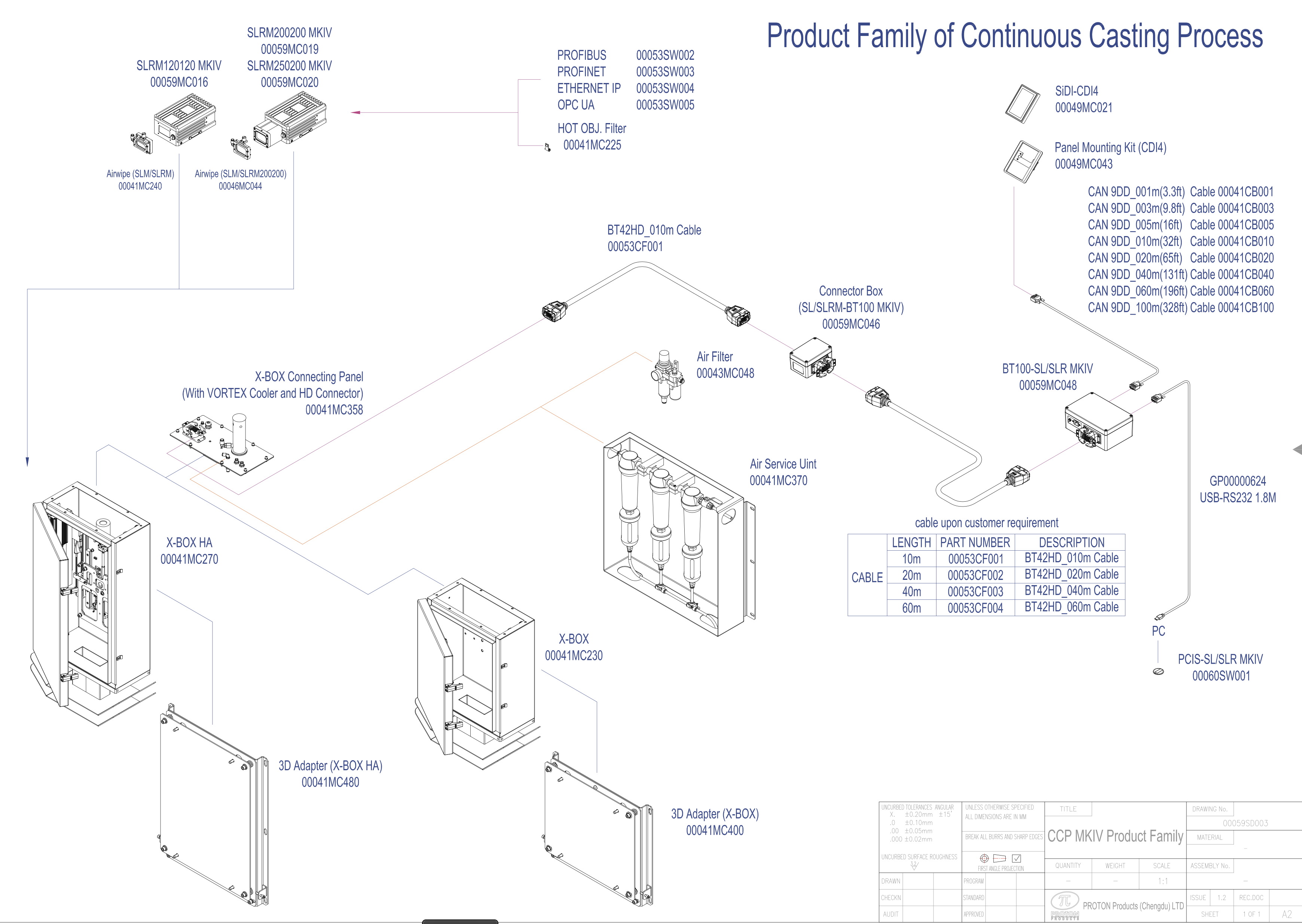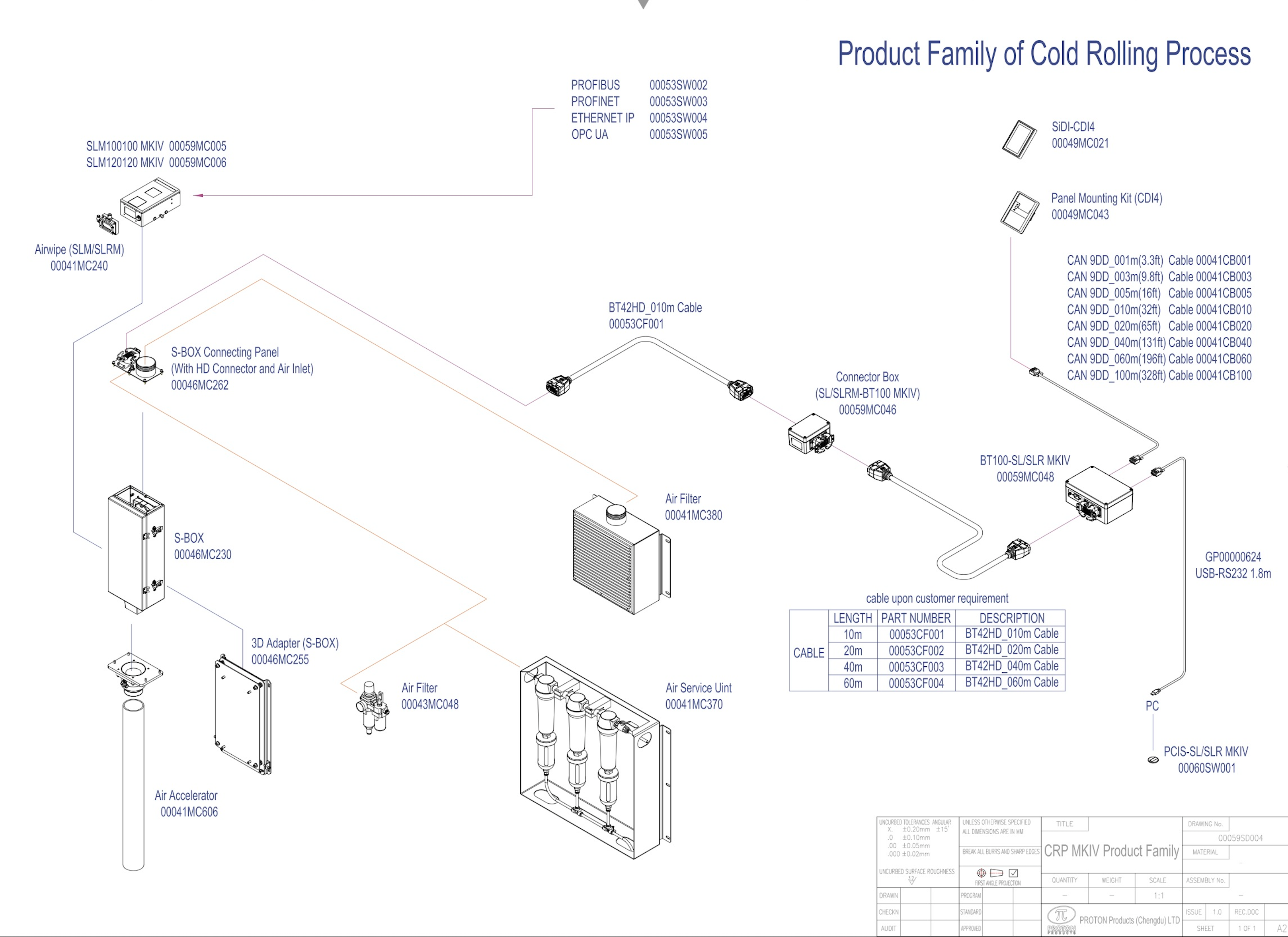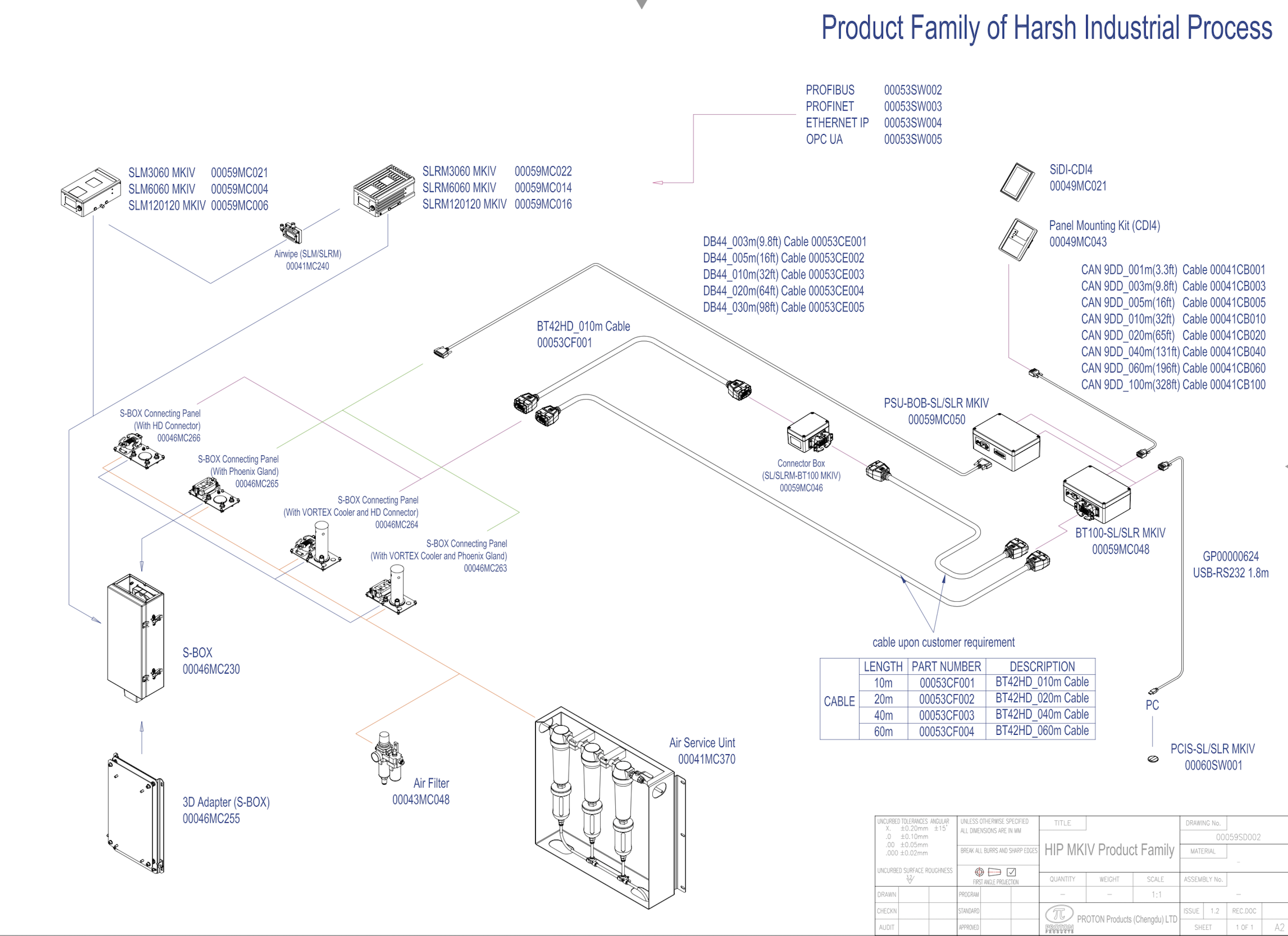Introduction
In the fast-paced world of wire manufacturing, precision and efficiency are paramount to meet the growing demands of various industries. To ensure high-quality wire production, choosing the right measurement equipment is crucial. Traditionally, roller wheel gauges have been used to measure wire diameters, but in recent years, laser gauges have emerged as a superior alternative. In this blog, we will explore why laser gauges are revolutionizing the wire manufacturing industry, outshining roller wheel gauges in terms of accuracy, versatility, cost-effectiveness, and environmental impact.
- Unrivaled Accuracy and Precision
Laser gauges employ advanced technology that guarantees unparalleled accuracy and precision in measuring wire diameters. Unlike roller wheel gauges, which are susceptible to errors caused by slippage, wear, and mechanical limitations, laser gauges utilize non-contact measurement techniques. The laser beam scans the wire’s surface, providing accurate measurements without any physical interference. This approach eliminates inaccuracies, reduces downtime for calibration, and minimizes scrap rates, ensuring consistent and reliable wire quality.
- Versatility for Diverse Wire Types
Wire manufacturers deal with a wide array of wire types, each with specific requirements. Roller wheel gauges may struggle with unconventional wire shapes, coatings, and surface finishes, leading to inaccuracies and inefficiencies. In contrast, laser gauges are highly adaptable and can handle various wire types effortlessly. Whether it’s round, flat, irregularly shaped, or coated wires, laser gauges can provide precise measurements regardless of the wire’s physical properties.
- Real-time Monitoring and Data Analytics
In today’s data-driven world, manufacturers crave real-time insights into their production processes. Laser gauges offer the advantage of continuous monitoring and data analytics. By integrating laser gauges into the manufacturing line, operators can access real-time measurements, analyze trends, and quickly detect any deviations. This data-driven approach empowers manufacturers to make proactive adjustments, optimize production parameters, and maintain consistent wire quality, ultimately enhancing overall productivity and reducing downtime.
- Enhanced Cost-effectiveness
While the initial investment in laser gauges may be higher than that of roller wheel gauges, the long-term cost-effectiveness of laser gauges is significantly better. Roller wheel gauges require frequent maintenance, calibration, and replacement of mechanical parts, leading to increased downtime and higher operational costs. In contrast, laser gauges are low-maintenance devices that require minimal calibration and boast a longer lifespan. The reduced maintenance and downtime result in substantial cost savings over time, making laser gauges a more economically viable option.
- Eco-friendly Solution
As the world embraces sustainable practices, industries are actively seeking greener alternatives. Laser gauges align with this vision, as they are inherently more environmentally friendly than their roller wheel counterparts. Roller wheel gauges use physical contact, leading to wear and tear of components and generating additional waste. Conversely, laser gauges utilize non-contact measurement methods, leaving minimal environmental impact. By adopting laser gauges, wire manufacturers can demonstrate their commitment to sustainability and reduce their carbon footprint.
Laser vs. Roller Wheel Conclusion
In the fast-evolving wire manufacturing industry, precision, efficiency, and sustainability are vital for success. Laser gauges have emerged as a game-changer, surpassing traditional roller wheel gauges in numerous aspects. Their non-contact measurement technique ensures unparalleled accuracy and precision, leading to consistent high-quality wire production. The versatility of laser gauges enables manufacturers to handle various wire types effortlessly, while real-time monitoring and data analytics provide valuable insights for process optimization.
While the initial investment in laser gauges might be higher, their long-term cost-effectiveness, lower maintenance requirements, and eco-friendly features make them a superior choice for forward-thinking wire manufacturers. Embracing laser gauges not only enhances wire quality but also demonstrates a commitment to sustainable practices and environmental stewardship. As the industry continues to evolve, laser gauges will undoubtedly play a pivotal role in shaping the future of wire manufacturing.





